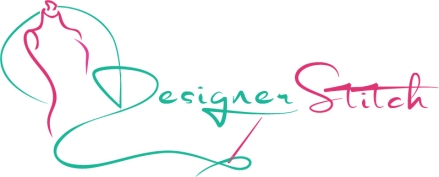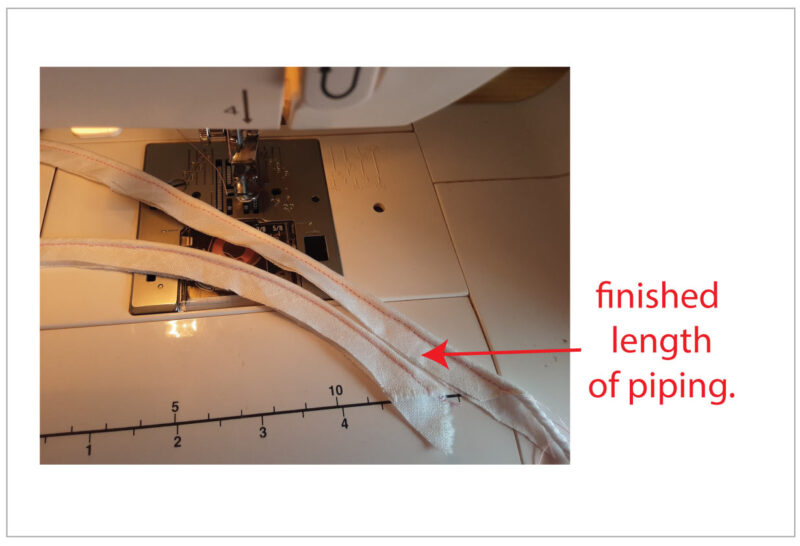piping
Perfect Piping
PERFECT PIPING.
Adding piping to the edge of a garment is very easy to do – and also adds at great deal of interest to this same garment.
And it is really easy to do.
You can either make your own piping or purchase premade.
The Sloane Pyjamas have a very narrow piping featured on both the top and the pants – so making the piping was optimal as we could choose the exact size of the cord that is the core of the piping insert.
The Sloane Pyjama pattern has a 1 cms (3/8″) seam allowance for the piping insertion. The below measurements detailed are for this seam allowance.
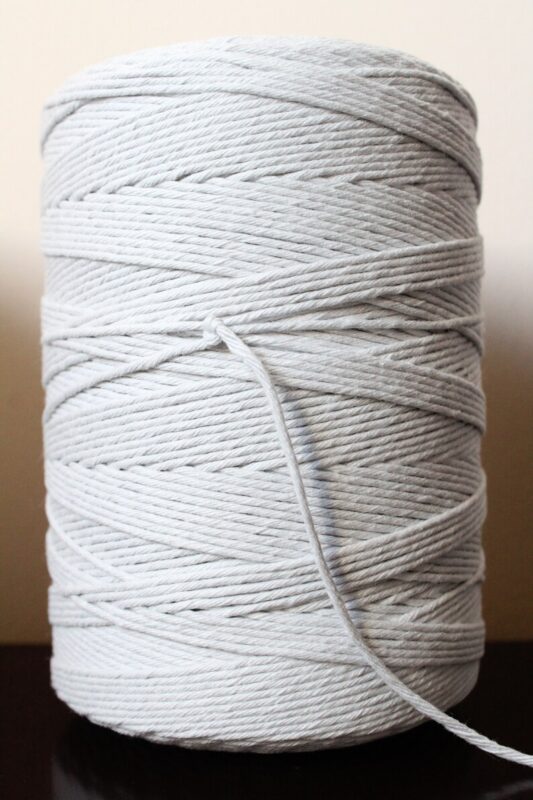
When making your piping if you cannot find the correct piping cord you can elect to use Macrame cord (image above) as this cord has a better variety of widths.
For the below sewing sample I used a 1.5mm (1/16″) Macrame cord.
SUPPLIES.
You will need the following.
- Bias cut fabric strips. 25 mm (1″) wide for the Sloane Pyjamas as the seam allowance for piping insertion is 1cms (3/8″). Dependant on what you are piping single cut strips are usually used otherwise you can elect to cut what is called “continuous bias” but you will have a multitude of joins in your strips.
- Piping cord 1.5mm (1/16″). Macrame cord can also be used.
- Thread for sewing machine.
- Adjustable/sliding zipper foot.
- Sewing machine.
METHOD.
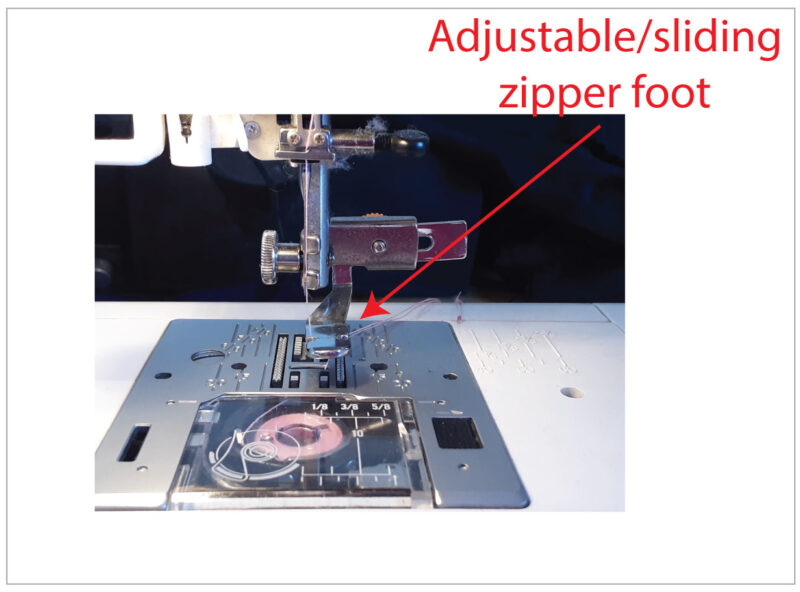
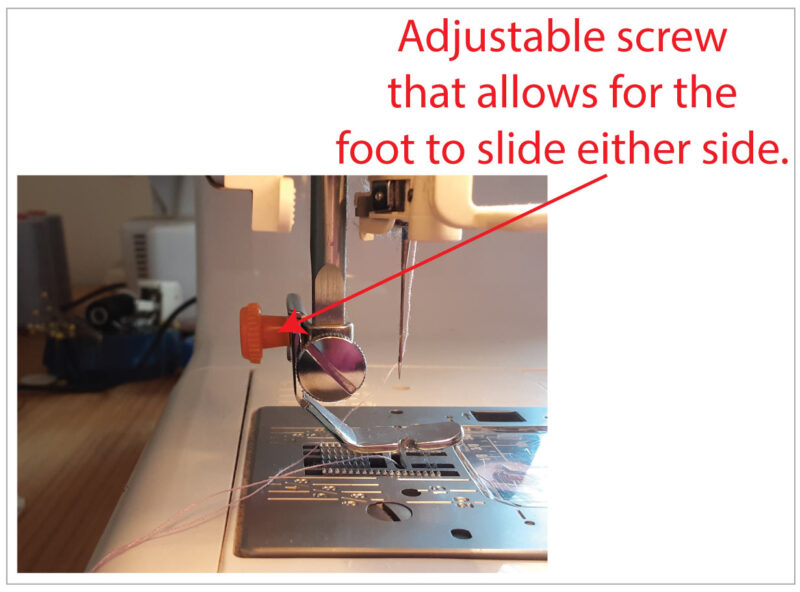
Step 1.
Install your zipper foot. The above foot – sliding zipper foot – I ABSOLUTELY ADORE. It is generic low shank foot that I can use on many of my various branded sewing machines.
There are slight variations of the above foot – each one is equal to each other.
It is the only foot I have ever used to install zippers on my domestic sewing machines. It is a fabulous foot to use when installing invisible zippers. And the best thing – they retail at around $6.00.
The 2nd pic shows the screw that sits in the back.
Releasing the screw allows the foot to slide across – from left to right and vice versa.
Sliding the foot to its required position gives you ABSOLUTE ACCURACY.
This foot is ideal if you have a sewing machine that cant freely move its needle position.


Step 2.
The cord will be placed into the centre of the bias strip – then the bias strip is folded over so the wrong sides are together – and then pinned to hold.
The key to nice tight piping is that the cord must be seated right into the folded edge when fabric is folded onto itself.
When pinning the bias strip – to hold the cord – use your fingers to roll the cord into the folded edge of the cord.
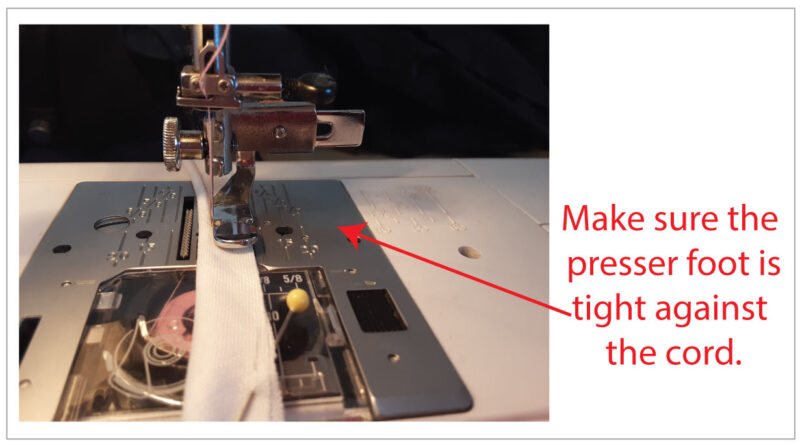
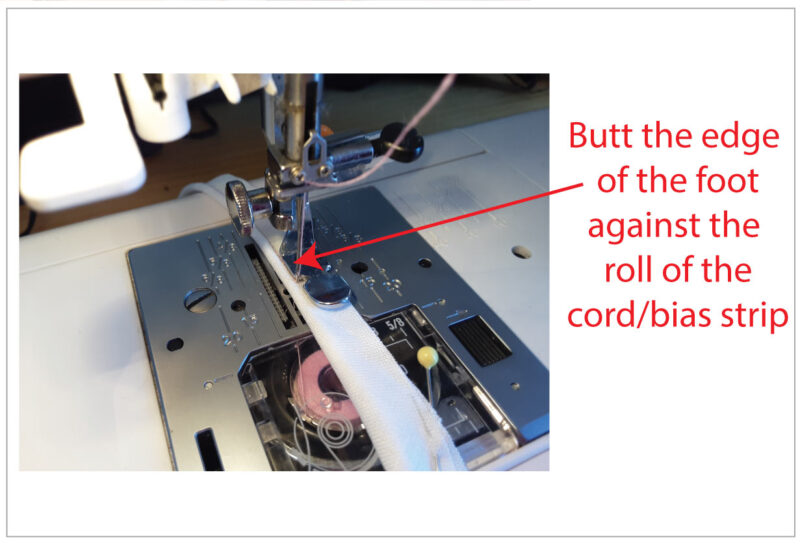
Step 3.
Place piping under the presser foot. Make sure that the presser foot edge is against the cord.
Your presser foot is keeping the cord in its “roll”. Don’t have it so tight that the needle will catch the cord of course!
Ensure that your needle is in-line with the edge of the presser foot.
Again, we don’t want to catch the cord with the needle – we want to cord to be “tucked in” and held by this row of stitching.
The foot should be running right on the edge of the enclosed cord.

Step 4.
Start sewing the length of bias/cord.
Double check as you go that that stitch line is right next to the enclosed cord – not stitching on it – but stitching in the “ditch” of the cord and the edge of the presser foot.
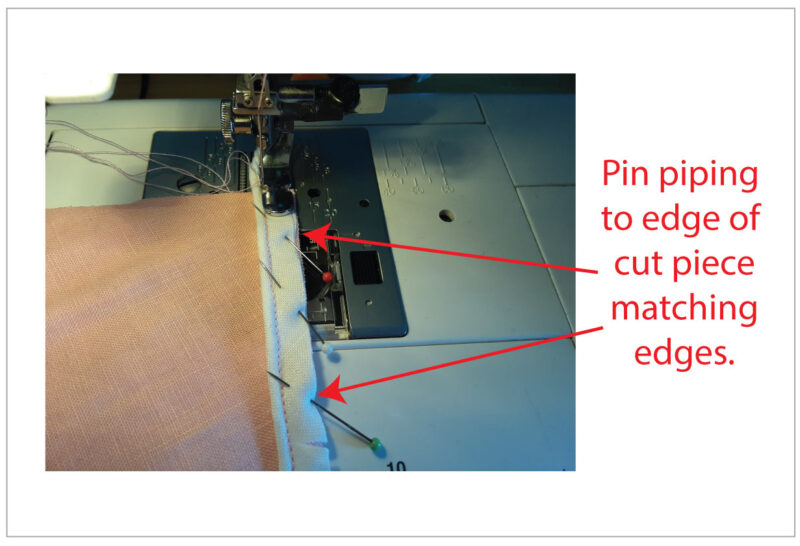

Step 5.
Pin the piping edge to the edge of the cut pattern piece matching edges. The piping we have just made will give you a 1cms (3/8″) seam allowance which is what is used for the insertion on the Sloane Pyjamas. For stability it will be easier to pin the piping to the collar piece that has been interfaced.
To go around a corner or a curve clip into your piping as detailed in the second photo.
This splays the fabric and allows for a beautifully flat sitting piping when sewn.
Pin to hold the piping in place. do NOT BE TEMPTED TO USE those “clips”…(aarrgghh)
You all know how much I loathe THEM.
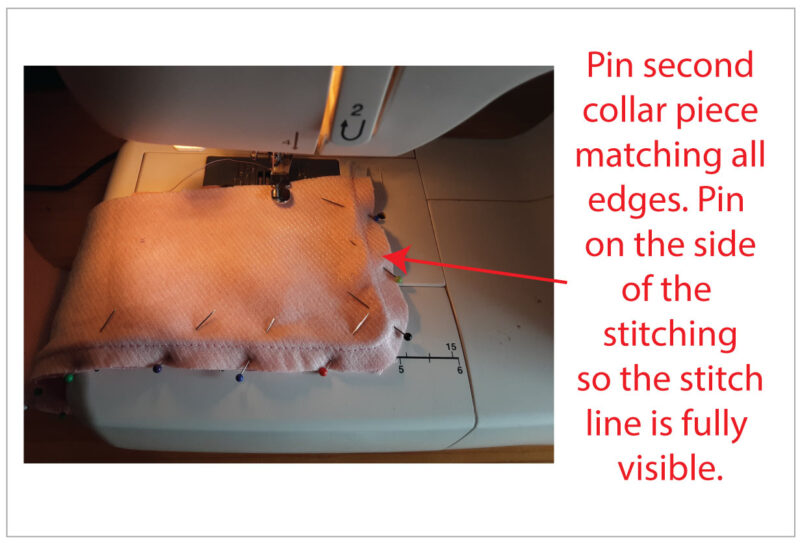

Step 6.
Pin your second cut piece which in turn sandwiches the piping in-between the 2 layers.
Make sure you use a good number of pins. When pinning your second piece make sure that your pins are sitting on the side of the piece where you can see your stitch line of your original piping application.
This stitch line will be used as a guide.
Stitch around your entire piece (above right side image) stitching on top of your guide stitch line.
This ensures ABSOLUTE ACCURACY.
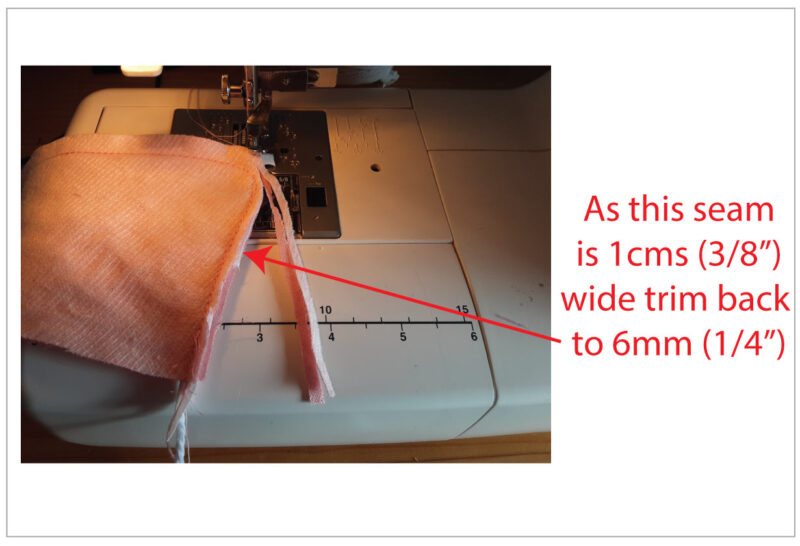

Step 7.
As the seam for this piping application is 1cms (3/8″) trimming back will be necessary.
Trim back to 6mm (1/4″) right around the edge. If you can trim/grade the edge of the piping insertion – within the seam allowance – another 1 to 2mm.
This staggers the seam allowance and will alleviate any possible indentation when pressing your piece around its edge.
Turn piece to right sides. Roll out piping with your fingers and flatten it off as much as you can.
Ensure the cut edge of the neck edge of the collar are aligned – then give your whole piece a good steam ensuring that the piping is sitting in the edge of the piece.
And that’s it my lovely friends.
An easy technique that adds interest and depth to any garment.
I hope that you add this to your knowledge bank of sewing know-how.
Love to you all.
Ann at Designer Stitch.
